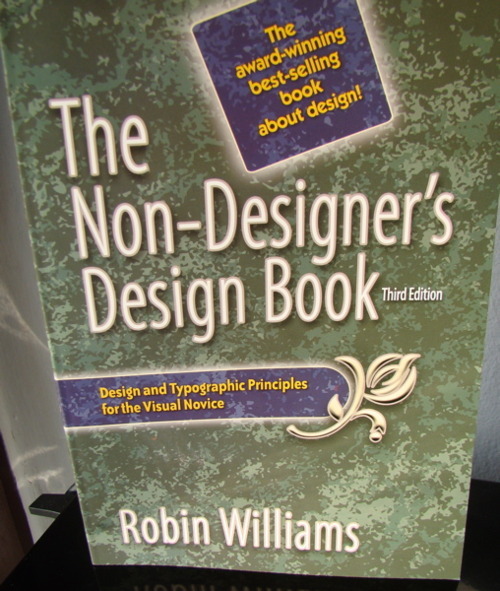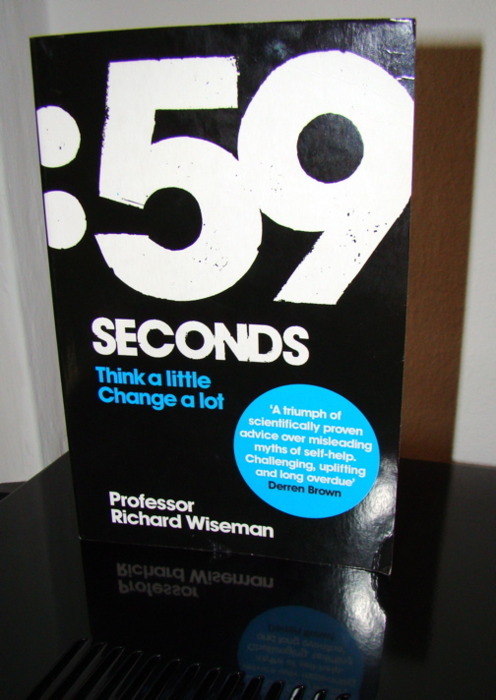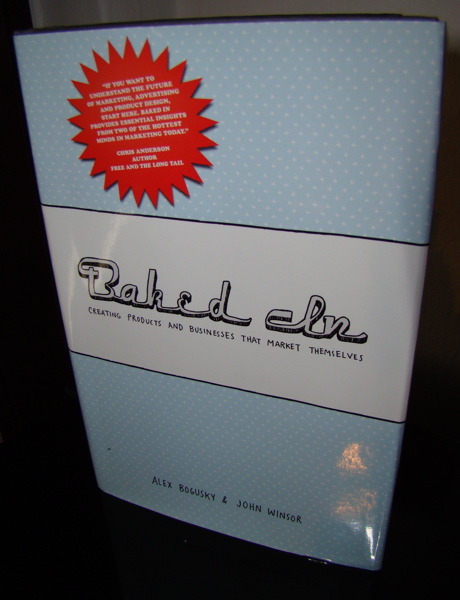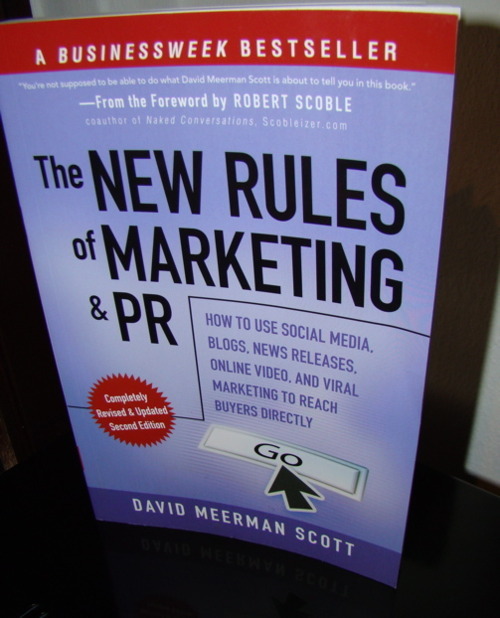
What is it about?
Robin Williams explains four simple rules to create better and clearer designs. She explains each rule with examples and uses these examples in other categories like color or typography.
Key points?
Contrast, Repetition, Alignment and Proximity and don’t be a wimp. Proximity means that you should group relevant information together. If you use contrast it is important that you aren’t a wimp. Use hard contrast like black and white or big font size and very small font size.
Conclusion
The Non-Designer’s Design Book is a pretty cool introduction book in design. It shows the main patterns of good design. Surprisingly you are going to see each of this pattern everywhere. I tell you, I’m dammed!



